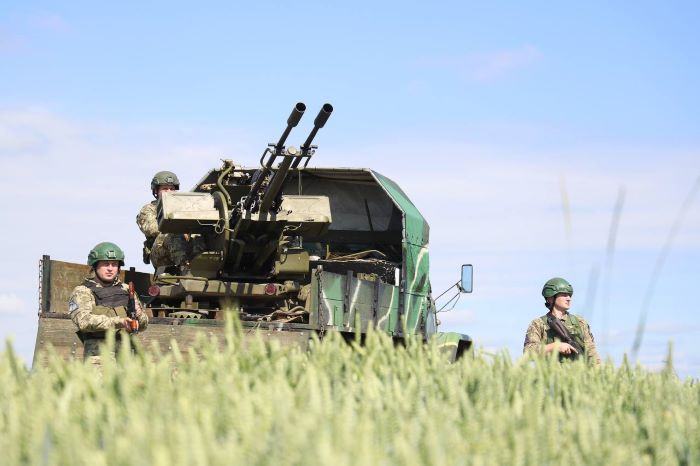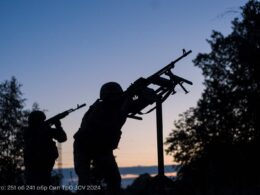Ukraine, along with representatives from the private sector and the scientific community, participated for the first time in NATO's counter-drone exercises.
From 10 to 20 September 2024, over 450 participants from 19 NATO member countries tested the ability of counter-drone systems to operate seamlessly together in the Netherlands.
During NATO's annual Counter-Unmanned Aircraft System Technical Interoperability Exercise, more than 60 counter-drone systems and technologies such as sensors, drone-on-drone systems, jammers, and cyber interceptors were tested.
Ukraine's first participation in the exercise is part of the NATO-Ukraine Innovation Cooperation Roadmap, which the Alliance and Ukrainian leaders supported at the Washington Summit 2024.
"Exercises like the Counter-Unmanned Aircraft System Technical Interoperability Exercise provide a unique opportunity to address pressing challenges together, such as drone autonomy and interoperability, while also learning from Ukraine's battlefield experience in countering small drones," said NATO.
Earlier, NATO Secretary General Jens Stoltenberg delivered his farewell speech at a German Marshall Fund event on 19 September, reflecting on a decade of challenges and transformations within the Alliance. In his address, Stoltenberg emphasized the continued importance of supporting Ukraine and maintaining strong transatlantic bonds.
Stoltenberg urges increased weapons support for Ukraine in NATO farewell speech
Stoltenberg has led NATO since 2014, with his term set to end on 1 October 2024. His successor is expected to be Mark Rutte, former Prime Minister of the Netherlands. Stoltenberg is anticipated to lead the Munich Security Conference starting in February 2025.
Related:
- Starvation, beatings, nails ripped out: Russia systematically tortures Ukrainian POWs till death
- This winter, 32 Ukrainian POWs were executed by Russian forces, UN report reveals
- “Welcome to hell”: UN report exposes Russia’s systematic torture, killings, and crimes against humanity in Ukraine
- “Russians tortured us so badly we thought we wouldn’t make it out alive,” civilian survivors say





